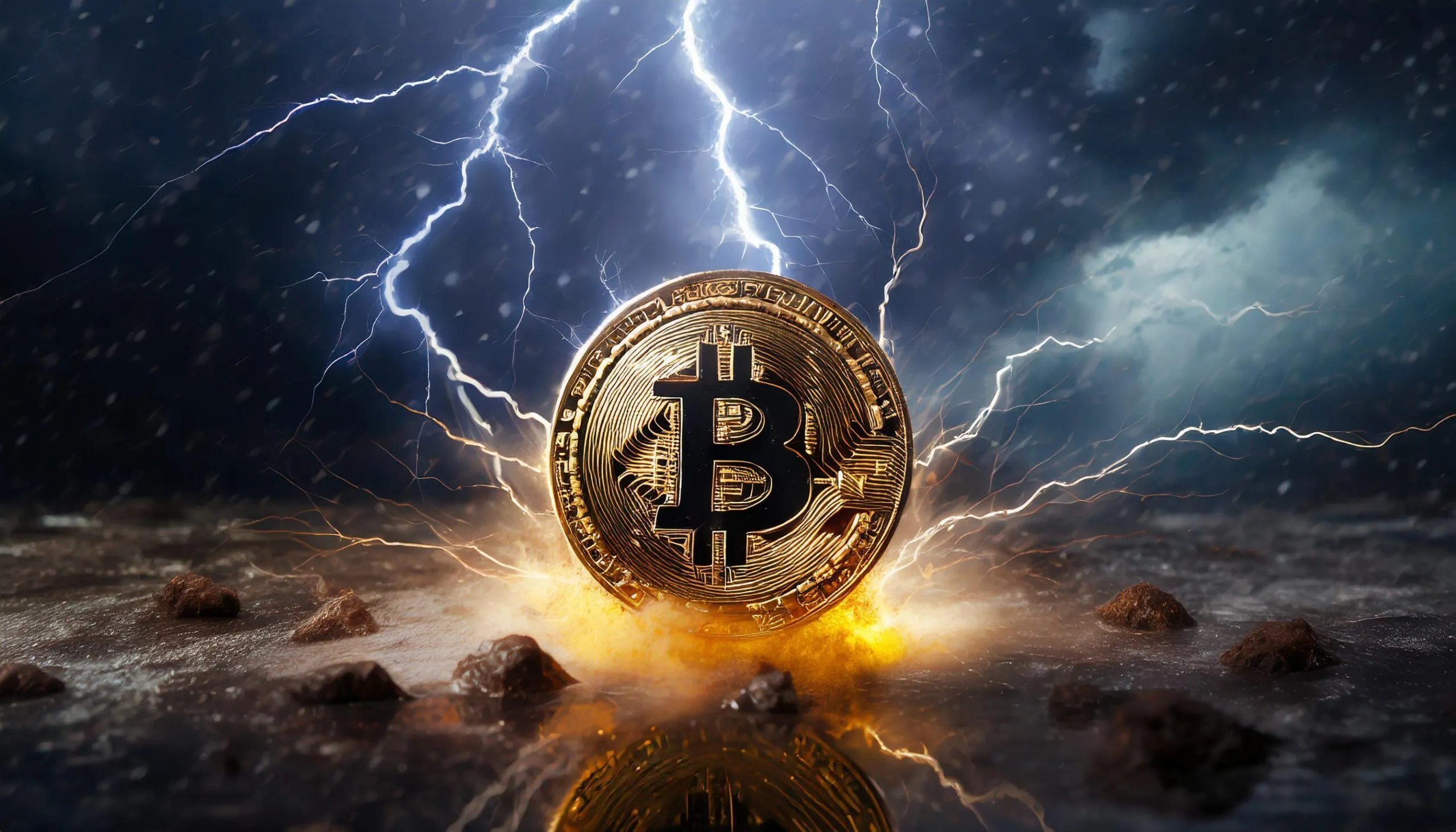If ever there was a time to optimize the way Bitcoin miners receive their payments, it’s now as the network counts down to its next halving in mid-April.
Braiins, Bitcoin's longest-standing mining pool, just became the first pool to add Lightning as an option for miners to receive payments.
Every time paycheck rolls around, mining pools divvy out Bitcoin rewards to miners based on how much computational power they contributed. By using Lightning, less of these rewards need to go to on-chain Bitcoin fees, and it eradicates the need for reaching a minimum before payouts can be sent.
The Bitcoin halving, as the name suggests, cuts the rate at which new Bitcoin is rewarded to miners for verifying blocks of transactions. It’s an anti-inflationary measure that happens roughly every four years. This time, the fourth Bitcoin halving, the miner reward will be reduced from 6.25 to 3.125 BTC.
This means getting rid of minimums before payment can be received with Lightning is especially good news for Braiins small scale miners.
Currently, minimum pool payouts from Braiins are 0.0002 BTC. That’s roughly $12 at today’s prices. It’s not much, but for especially small scale miners it can take a long time to accumulate enough rewards to justify paying a 2.5% pool fee and, possibly, an extra 0.0001 BTC (about $6) fee for transactions under about 0.005 (about $300).
Lightning, a layer-2 protocol that offers faster and cheaper Bitcoin payments, reduces fees and gets rid of minimum payments in one fell swoop.
For right now, the feature is available in private beta access. Public access will be available "within weeks," the company said on X (formerly known as Twitter). With the new feature, miners will be able to choose whether they receive payment via on-chain Bitcoin or Lightning.
It's not just a new payment option, Lightning payouts could help Bitcoin as a whole too, helping decentralize mining further, as Braiins chief of propaganda Kristian Csepcsar told Decrypt.
Mining can be an expensive endeavor, requiring devices priced at $1,000 or more to run the calculations. But some smaller miners for hobbyists are also on the market.
"We recognized that there is a growing market of small miners who face difficulties while withdrawing their funds from the pools," said Csepcsar, pointing to small mining rigs, like the Avalon Nano, priced at just $100. One of its selling points is that it also functions as a small heater and it’s seeing growing demand.
It’s often the case that smaller miners get the short end of the stick. If they aren't contributing much hash power to the pool, they can't get payouts because their contributions are too small for an on-chain Bitcoin transaction. At least one smaller miner said they're moving fully over to Braiins due to the Lightning integration.
"We believe that we've made a step forward for Lightning adoption; the more users and Bitcoiners use Lightning, the more stable and reliable the network will become,” Csepcsar said. ”As the first mining pool in history, we really love the dear old on-chain Bitcoin, but we think that Lightning could really benefit miners and also improve the health of the blockchain by avoiding clogging it up with tiny payout [outputs].”
Edited by Stacy Elliott.

